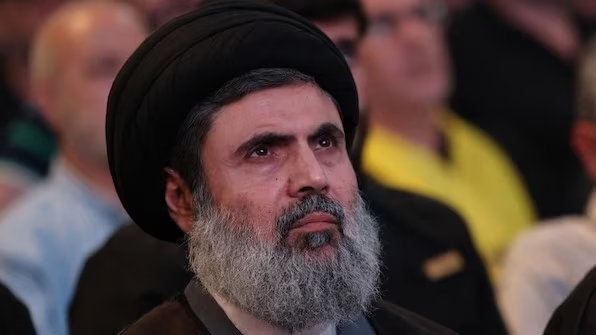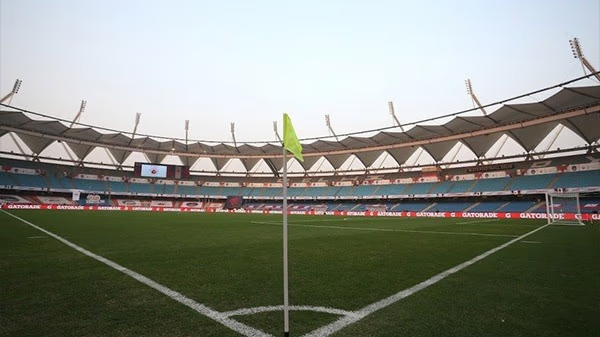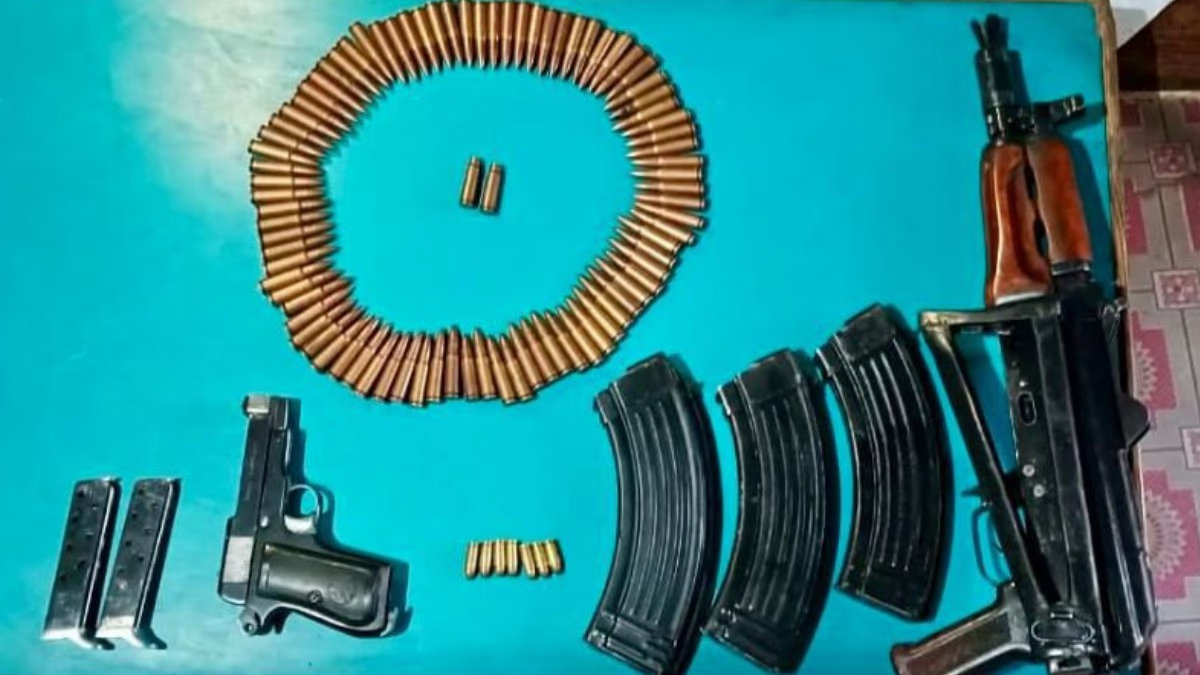Israel continues to strike Hezbollah with a fierce resolve. Following the elimination of Hezbollah Chief Hassan Nasrallah, Israel confirmed that they have also neutralized his likely successor, Hashem Saif al-Din.
The Israeli military stated Saif al-Din was killed in an airstrike in Beirut three weeks ago. However, Hezbollah has yet to comment on Israel's announcement.
Nasrallah's relative, Saif al-Din, was appointed by Hezbollah's Jihad Council. He was overseeing Hezbollah's financial and administrative matters and was seen as Nasrallah's successor.
Earlier, Israeli PM Benjamin Netanyahu mentioned that the Israeli forces had eliminated the likely successor to Hezbollah's slain chief, Hassan Nasrallah, without disclosing his name at that time.
Nonetheless, Israeli Defense Minister Yoav Gallant stated that the possible successor to the slain Hezbollah Chief Hassan Nasrallah, Hashem Saif al-Din, has possibly been killed.
Tensions in the Middle East are rapidly escalating. Experts believe these strikes could deepen the ongoing tensions between Israel and Lebanon, as conditions have already been severe due to Israeli attacks in southern Lebanon.
The Israel Defense Forces (IDF) claimed that more than 400 Hezbollah operatives have been neutralized so far during ongoing ground operations in southern Lebanon. Several regional commanders were among these operatives.
Hassan Nasrallah died from suffocation caused by toxic fumes while hiding in Hezbollah's secret bunker in Beirut, where an Israeli strike on September 27 led to his demise. Israel's Channel 12 reported that the secret bunker was destroyed in the Israeli attack, causing the 64-year-old Nasrallah to suffocate from toxic smoke.
The report stated that breathing inside the bunker was difficult due to toxic fumes from heavy explosions. Notably, the building where Hassan Nasrallah was located had 80-85 bunker-buster bombs dropped by Israel in the surrounding blocks. Bunker-busters are bombs designed to destroy deeply entrenched sites, causing significant devastation beneath the surface.
The explosion created a 30-foot-deep crater where Nasrallah's building stood. The GBU-72 family of bunker-buster bombs is characterized by their ability to penetrate thick steel and concrete walls, launching attacks as far as 30 to 60 feet deep.
According to media reports, when Nasrallah's body was recovered from the site, there were no external injury marks on his body.




